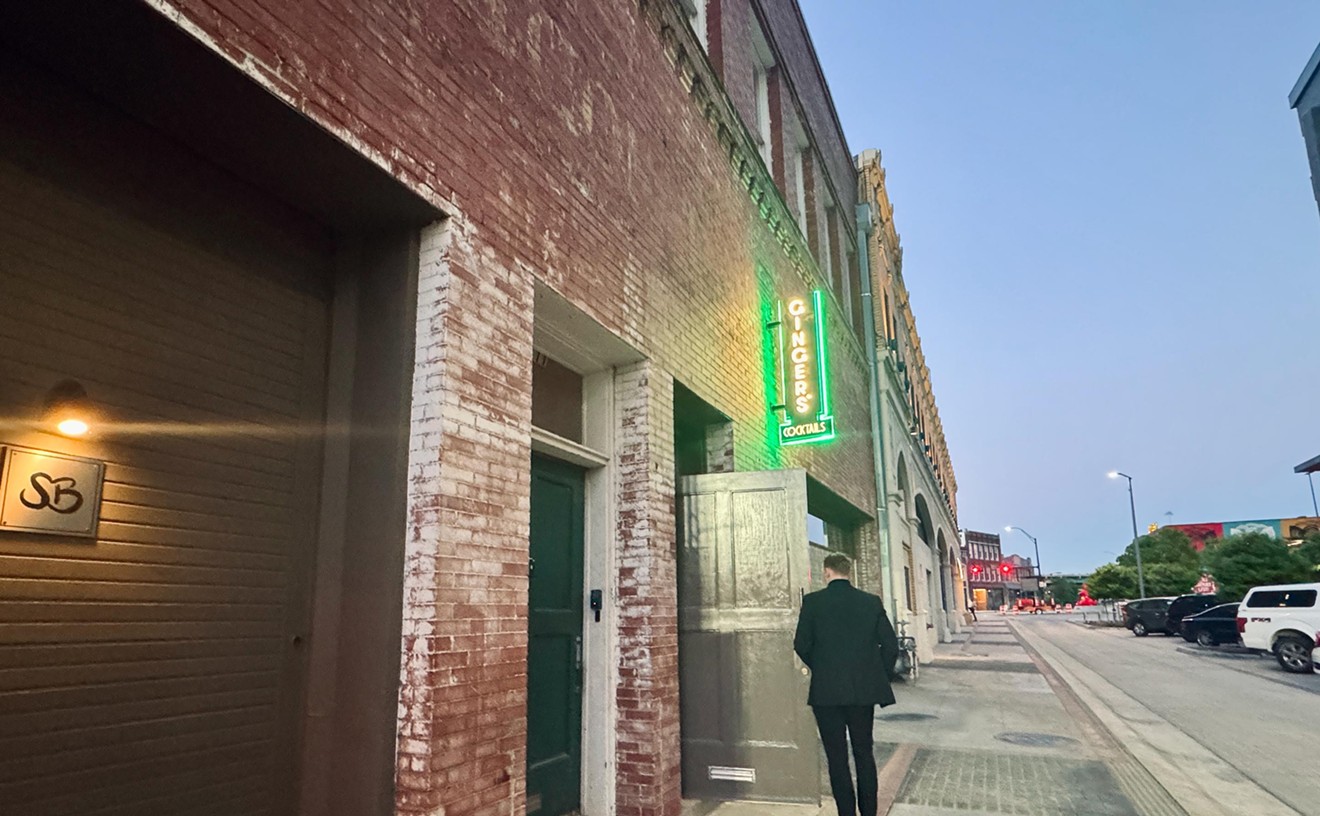Unclassifiable, expansive and breathtaking, Holy Motors, the first feature-length film from Leos Carax since Pola X (1999) — and only his fifth in 28 years — received a log line of sorts from its writer-director at the press conference following the movie's world premiere at Cannes. "This is a film about a man and the experience of being alive," the journo-averse auteur finally said after swatting down one obtuse plea after another to explain "what it all meant." The statement, initially coming across as an evasion, now rings as a poetic précis.
About a man: Although Holy Motors stars Denis Lavant, the simian, sinewy actor who played the lead in Carax's first three movies — Boy Meets Girl (1984), Bad Blood (1986) and The Lovers on the Bridge (1991) — it opens with the lanky writer-director himself. Arising in the dead of night from a hotel bed, Carax, clad in pale blue pajamas, opens a door with a key affixed to his finger, entering a passageway that leads to a movie-theater balcony. From above, he looks down to see a roomful of motionless, stony-silent spectators. The prologue unfolds as an anxiety dream, the night terrors of a filmmaker hailed as a crazy romantic genius in the first decade of his career, returning after a 13-year-long stall.
Another man, glimpsed fleetingly throughout, also figures prominently in Holy Motors: The barely clad athlete who leaps and runs in cinema pioneer Étienne-Jules Marey's late-19th-century motion studies. This limber subject shares the same physical grace as the peewee, gymnastic Lavant, playing a character named Oscar who inhabits nearly a dozen different personas over the course of a single day. Steered through the streets of Paris in a white stretch limo by soignée chauffeur Céline (Edith Scob), Oscar consults a thick dossier for the particulars of his next "appointment." These scenarios require him to play, among others, a homeless old woman shaking a tin cup, a performer bending and contorting for a motion-capture sex scene and a feral leprechaun terrorizing a fashion shoot, absconding with a top model (Eva Mendes) in whose lap he is soon cradled, stark naked and sporting a ramrod erection.
Experience of being alive: During the span of 16 or so hours, Oscar continually reinvents himself, exhausting work that he still pursues for "the beauty of the act," as he explains to a mysterious exec (played by Michel Piccoli) who suddenly appears in the backseat. "Beauty is in the eye of the beholder," the slightly sinister suit responds — to which Oscar asks, "And what if there's no more beholder?"
This is a film: Oscar's query suggests that part of what defines "the experience of being alive" is forestalling death or mourning that which has already passed or will imminently. The "beholders" Oscar refers to could be moviegoers, a group of people that Carax, at his Cannes press conference, described as "a bunch of people who will be dead soon"; cinema itself he called "a beautiful island with a cemetery." Begrudgingly shooting on digital, Carax pays tribute to the near-extinct (film, film-going) via ghosts in the machine and living legends who will forever be celluloid heroes.
If his film is partly an elegy for cinema, it is also perhaps a melancholic glance back that draws from more personal anguish. As Oscar's night begins to wind down, an unscheduled reunion occurs: He sees, for the first time in 20 years, Jean (Kylie Minogue, transcendent), a woman he once loved dearly who is engaged in the same kind of shape-shifting work as he is. Their brief encounter takes place at another mausoleum, the Samaritaine, a beloved Art Deco department store shuttered in 2005 and now slated to become a luxury hotel. Stepping over mannequin corpses, Jean breaks into song: "Who were we/When we were/Who we were/Back then." Co-written by Carax, the lyrics, in their Ouroboros-like construction, circle back to an ever-present past; the linguistic construction of the song's opening lines seems, like Oscar himself, to be in a constant state of flux, always slipping just out of our grasp. If there's no more beholder, how will we know what we were?










